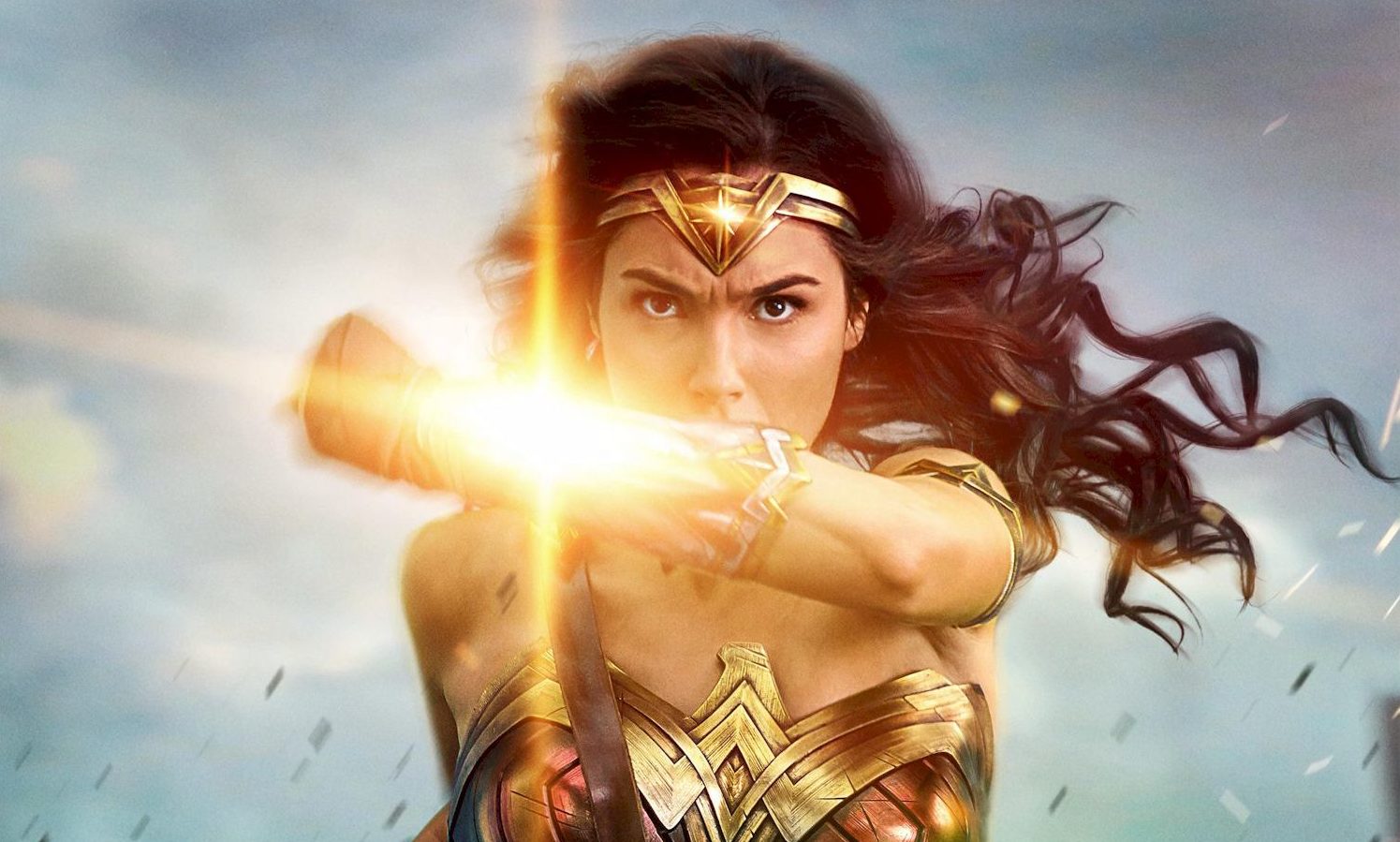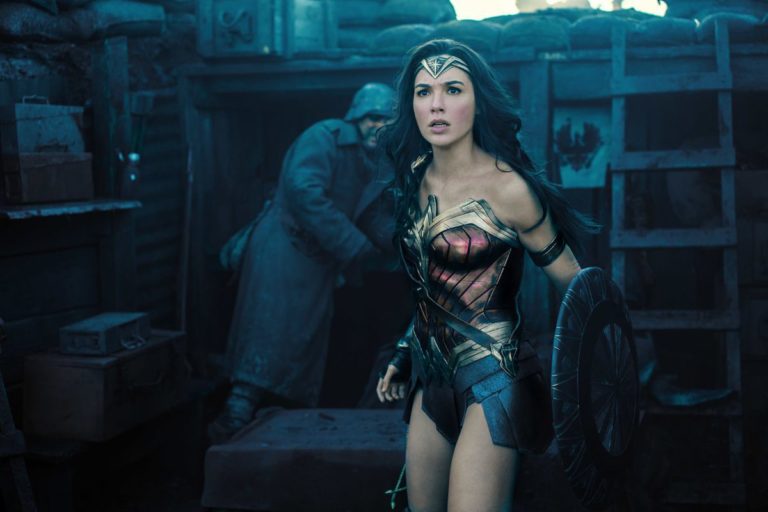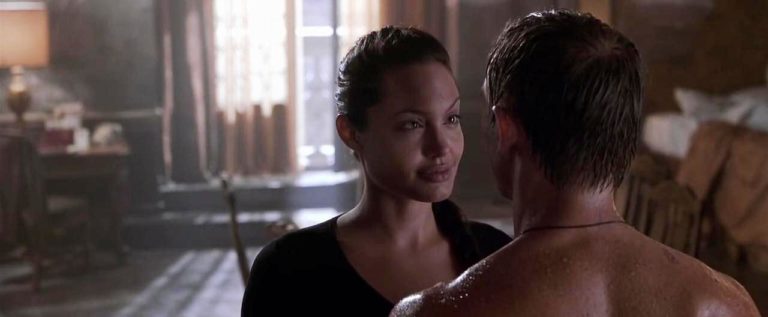One hardly ever uses the words “perfect storm” to describe a positive convergence of events. By its very composition, the phrase implies disaster of the most improbable kind. An utter and complete failure of the forces of chance, if you will.
In the case of Wonder Woman, the phrase takes an entirely different meaning. There was no shortage of opportunity for a film like this one to go tragically off the rails, but against all odds, Wonder Woman succeeds.
Let’s begin, for instance, with the choice to cast Gal Gadot in the titular role. Director Patty Jenkins has been quoted as saying that when she heard who had been cast in Batman v. Superman, her “heart sank.”
At first glance, it’s easy to see why she would say that. Prior to Batman v. Superman, the Israeli actress was primarily known for having appeared in three of the nine Fast & Furious movies, and little else. Even as recently as 2016, I was of the opinion that even through all of the sepia shaded “edginess” of Batman v Superman, she just didn’t seem formidable enough for the role of the famed amazon. More superficially, however, Patty Jenkins likely would have wanted to choose her own Diana. “I probably would have just looked for an American girl,” she said.
Of course, Jenkins eventually came around after having spent some time with Gal Gadot. She went on to describe her as “sharing every quality with Wonder Woman. She’s perfect.” And damn it, even if she’s not the athletic powerhouse I would have hoped for, she was able to convincingly portray the idealistic Diana at the center of Wonder Woman without being over the top, or cheesy. As it turned out, her forgettable cameo on Batman v Superman, was (like a lot of things) a weakness of the film itself, and not hers.
This takes me into the writing of the story. When drawing on 70+ years of material, it’s incredibly easy to try to do too much. When attempting a tentpole that is also part of a cinematic universe, it’s easy to just not do enough. (Batman v. Superman and Suicide Squad are excellent examples of these two pitfalls, respectively.)
To complicate things even further, Wonder Woman‘s feminist roots are more relevant today than ever. In less skilled hands, this film had a very strong potential to be Tomb Raider 3. Nothing against Lara Croft, but let’s just be real — her universe was populated by hapless men who seemed oddly susceptible to being shown-up by an English accent and some blue shorts.
Instead of going this route, the film is set in WWI, where attitudes we consider absurd today, are the norm. In 1915, the idea of a woman anywhere near a war zone was laughable. Like, hold your belly and gaffaw laughable. (In fact, the US military did not allow women in combat roles as recently as 2013, so…) From a story perspective, this provides plenty of room for Diana to raise an eyebrow at the wanton absurdity she’s confronted with, while keeping the world around her grounded and believable.
As a superhero movie that absolutely needed to be a success, Wonder Woman came at just the right time. After the puzzling choices of Man of Steel, a movie that looked amazing from a technical perspective, but simply didn’t have the understanding or respect for Superman that it required; it was a relief to see Diana depicted as her true self, and not a “dark and edgy” variation of such.
To be fair, Wonder Woman isn’t a perfect film. Without spoiling too much, it does succumb to its own formula in the depiction of an epic CGI battle, against a villain I struggled to take seriously. A villain, who despite a promising introduction, turned out to be disappointingly literal.
But the beauty of a perfect storm isn’t that it’s actually perfect. It’s in the serendipitous nature of every aspect that matters finding a way to foil best laid plans. Or in this case, best laid universes.




